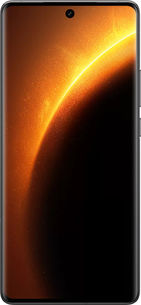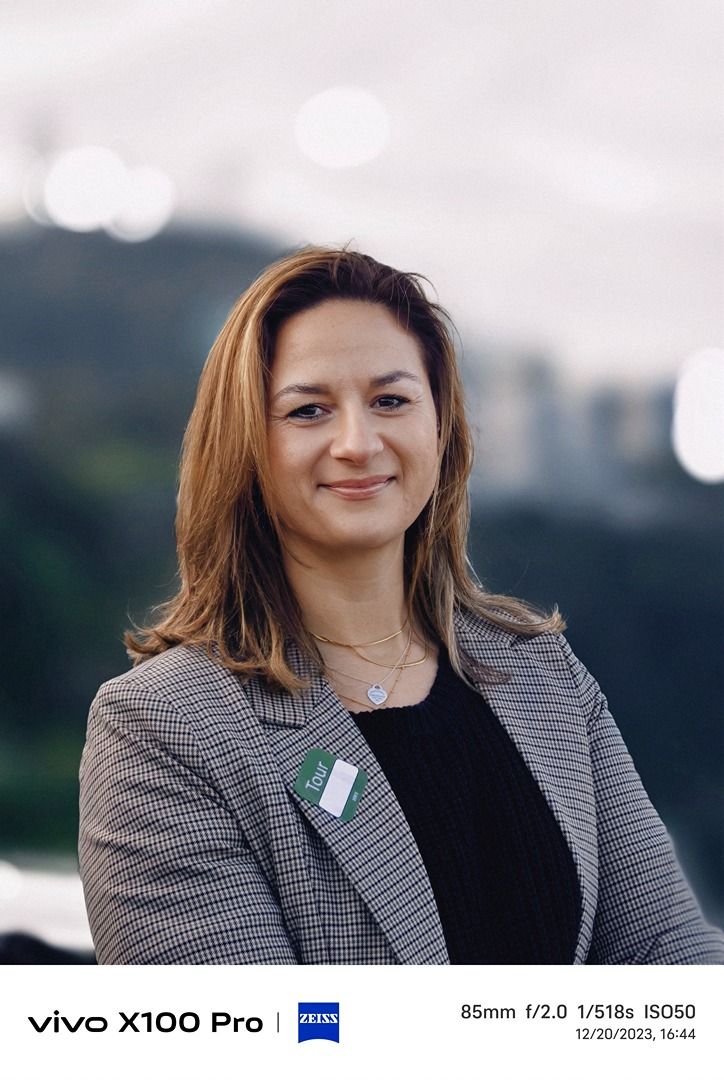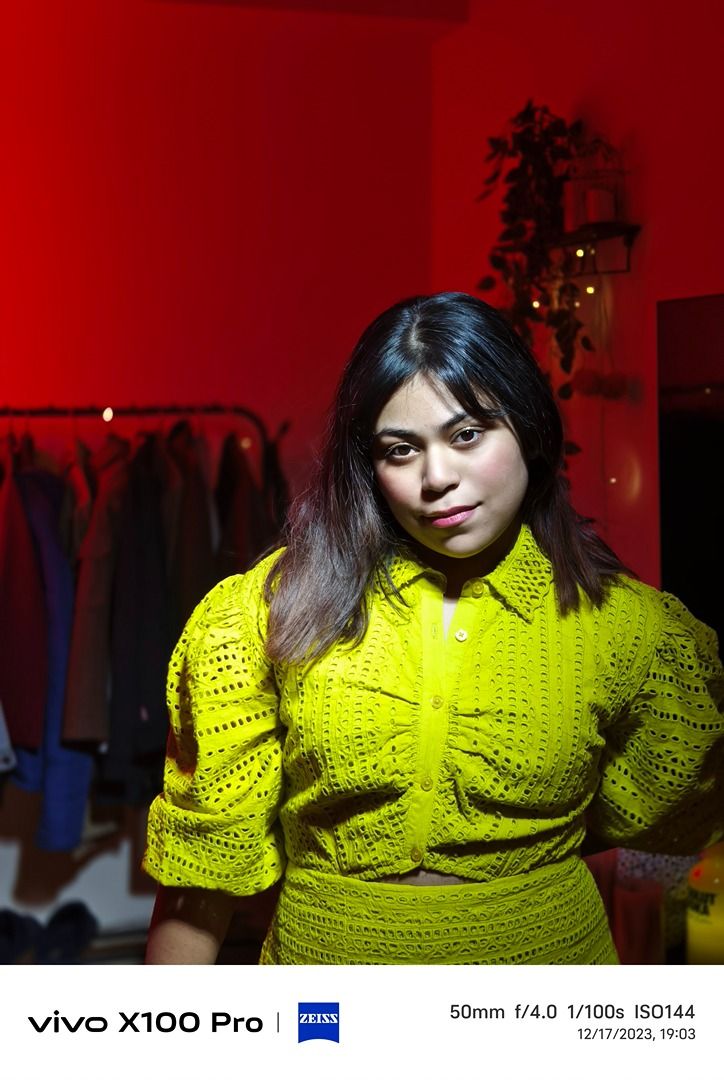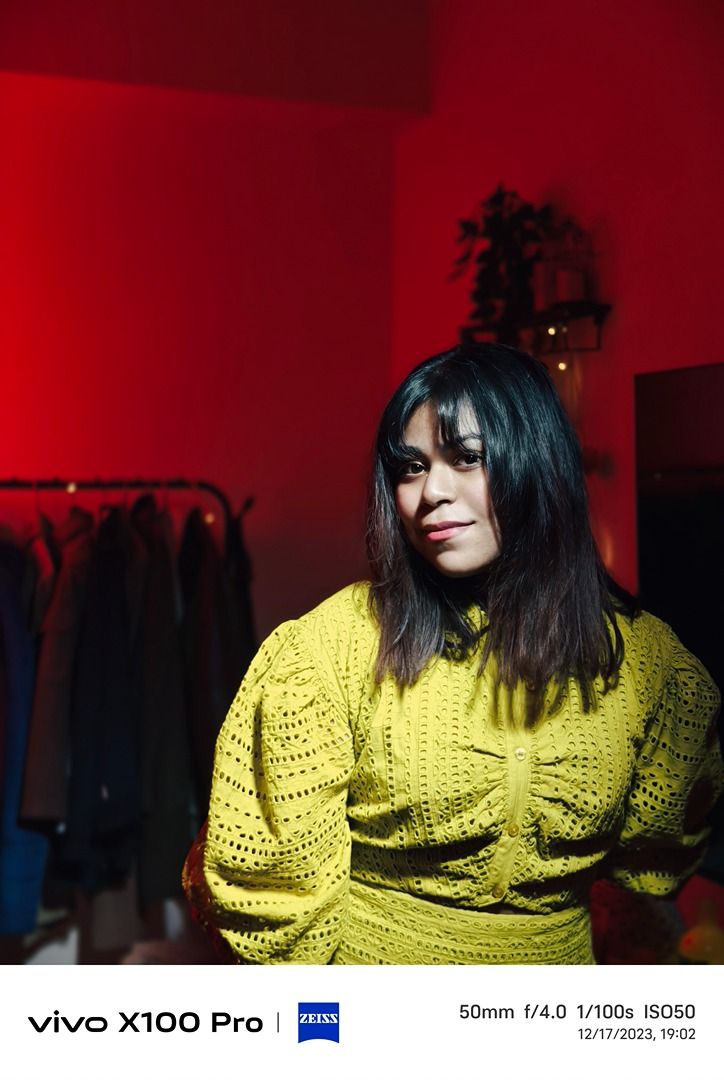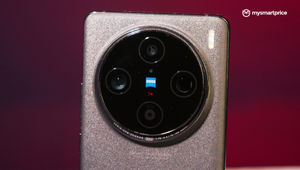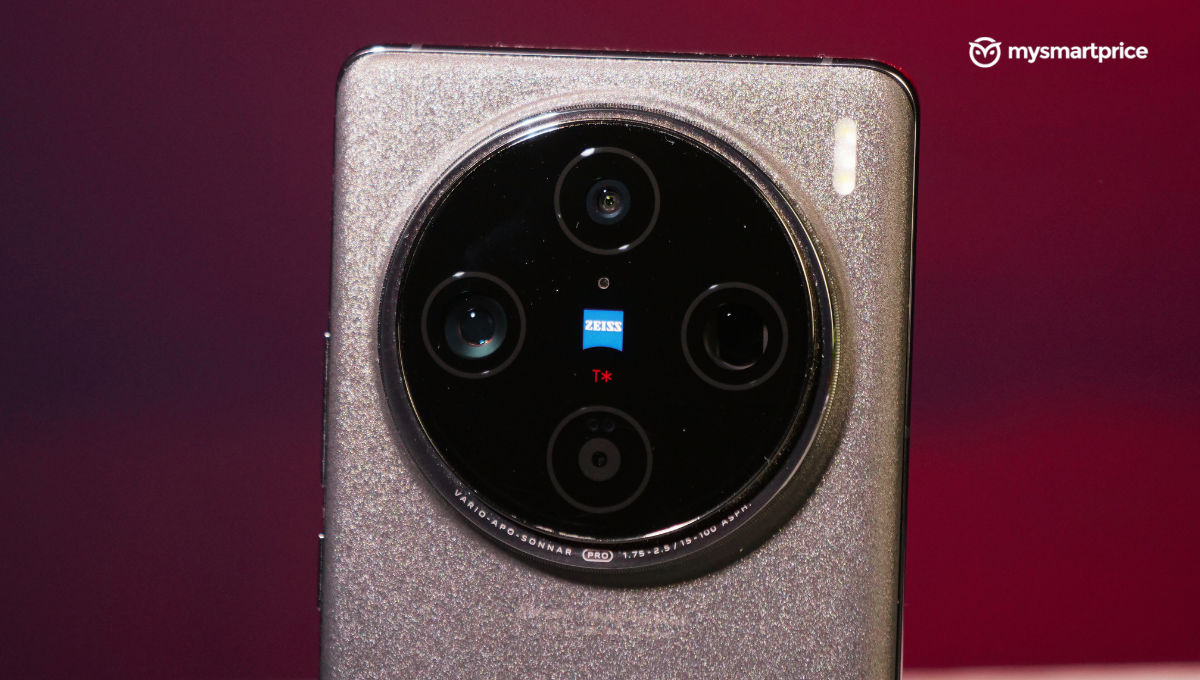
Vivo is about to launch its top-of-the-line X100 Pro in India on January 4. This smartphone has all the latest bells and whistles, but Vivo has taken a rather interesting approach to smartphone photography.
It rocks a triple rear camera setup with three 50-megapixel lenses, which may not grab eyeballs with a crazy megapixel count, but when you take a deeper look at what it’s packing, you’ll be left wondering “how they squeeze in so much in such a form factor?”
Vivo’s previous flagships have featured ZEISS lenses, but it’s the first time they have included a floating lens element. A more formal term for it is the ZEISS APO Floating Periscope Camera system.
What is the ZEISS APO Floating Periscope Camera?

Let’s nerd out for a second, because that’s precisely the target audience of the Vivo X100 Pro – photography nerds! The Zeiss APO Floating Periscope Telephoto sensor in the X100 Pro does things differently, compared to a traditional periscope setup. Its floating lens mechanism allows individual lens elements to move freely, helping you attain crisp focus even when your subject is far away.
Now if you’re wondering ‘what’s this APO thing in the name?’, it means the inclusion of apochromatic lenses. What’s apochromatic, you ask? Well, it’s just a special type of lens that helps reduce the ‘rainbowing artefacts’ you often see on zoomed-in photos, while maintaining good clarity.
In layman terms, the new floating lens mechanism helps you focus better when using the telephoto lens system, reducing rainbowing artefacts on a subjects face.
To do justice to ZEISS optics, there’s a 1/2-inch format 50MP OV64B sensor sitting underneath. To ensure stable shots, this camera system also conforms to CIPA 4.5 stop image stabilisation rating.
Just so you know, CIPA is a rating that’s measured in stops. A rating of CIPA 4.5 means you can shoot stable photos even at really slow shutter speeds, which helps capture as much light as possible in low-light scenarios.
All of this forms a nice base for Vivo’s photography algorithms to work upon.
And, when you factor in that awesome primary camera, you get five focal lengths to play with – 24mm, 35mm, 50mm, 85mm, and 100mm – all-optical, all-natural, all easily accessible within the Portrait mode. Further, there are five presets that apply different LUTs on each one of these focal lengths as well, allowing you to click moody shots without touching edit sliders.
The whole point of including so many portrait focal lengths is to ensure you’re equipped in all possible scenarios.
Take a look at the camera samples we clicked in Hong Kong to demonstrate the different portrait modes outdoors. Notice the different tones on different portrait focal lengths.
Here are some photos that were shot by us indoors. Notice the rich detail on the subject’s face in extreme close-ups.
Vivo X100 Pro Portrait Photography: Key takeaways
Vivo’s approach to portrait photography is something we wish to see in more smartphones in 2024. The confidence of ditching a mirrorless on a trip while giving comparable shots will liberate photographers who take their Instagram feed seriously.
